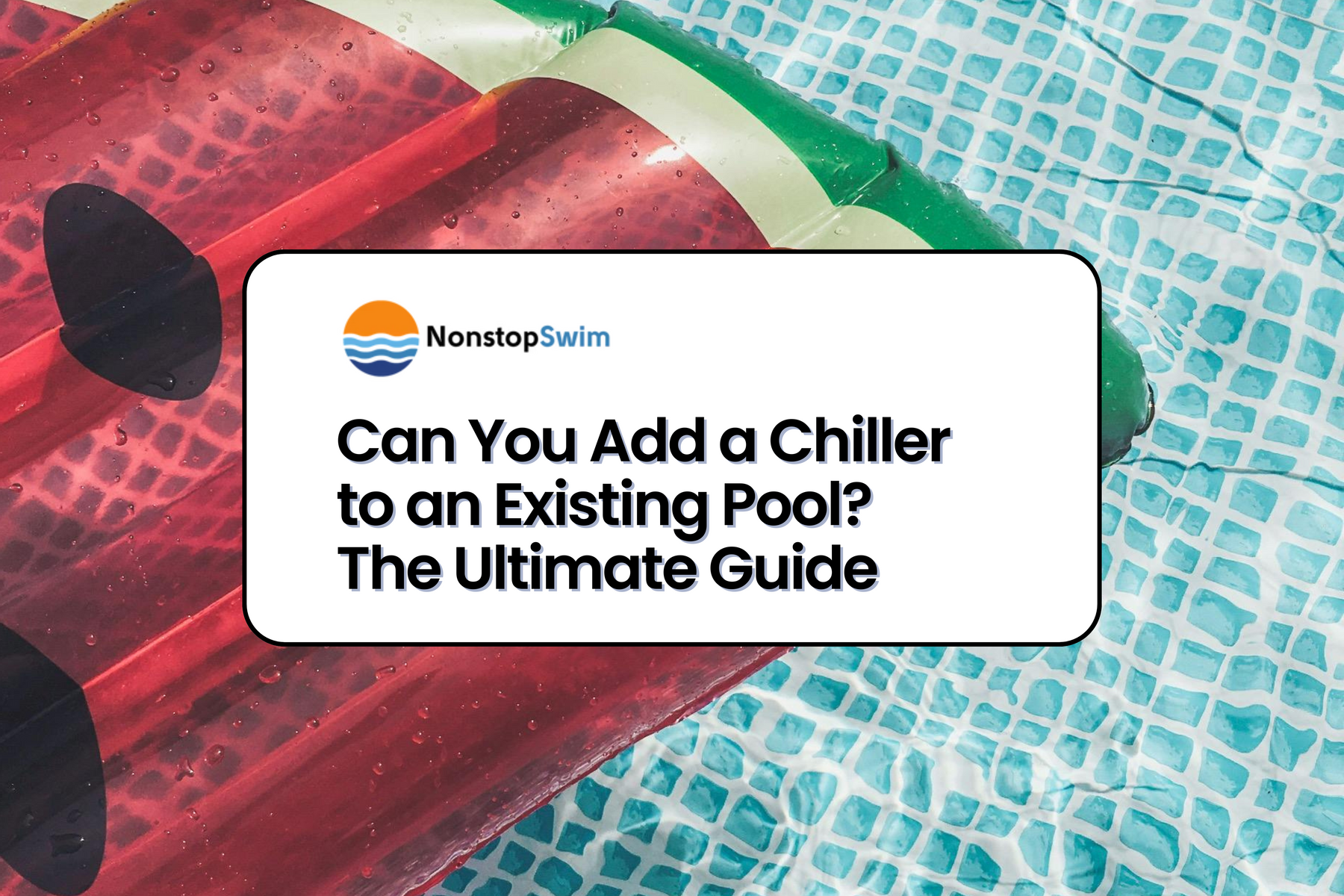
Can You Add a Chiller to an Existing Pool? The Ultimate Guide
Adding a Chiller to Your Existing Pool: The Ultimate Guide
Yes, you can add a pool chiller to an existing setup. It's not only possible - it’s a game-changer for hot-weather swimmers.
Ready to turn your backyard soup into a refreshing swim spot?
What is a Pool Chiller and How Does it Work?
Definition and Functionality
A pool chiller is a cooling system that helps drop the water temperature in your pool. If you've ever stepped into water that feels like bathwater on a summer afternoon, you know why this matters.
Unlike heaters that warm things up, chillers do the opposite. They keep water cool and comfortable, even in the middle of a heatwave.
It’s like air conditioning - but for your pool.
How Pool Chillers Cool Water
Most chillers use a fan system or refrigeration method to pull heat out of the water. The warm pool water passes through the chiller, cools down, and is sent back into the pool.
Some models are built for energy efficiency. That means lower bills while keeping things nice and chilly.
The process runs quietly in the background, so you barely notice it working - until you jump in and feel the difference.
Can You Install a Chiller in an Existing Pool?
Feasibility and Timing
Yes, you can install one even if your pool has been around for years. Whether it’s a saltwater system or standard chlorine setup, chillers are made to fit a wide range of designs.
It’s not something that has to be planned during the pool’s construction. In fact, many owners add chillers later when they realize how hot their water gets.
The sooner you install, the more summer you’ll enjoy.
Installation Considerations
Before anything, take a good look at your pool’s space and electrical system. Chillers vary in size and power needs. A smaller backyard setup might not fit a larger chiller without adjustments.
Make sure your existing pump and plumbing can handle the extra equipment. A licensed pool pro can help you figure that out fast.
Benefits and Considerations for Pool Chiller Ownership
Advantages of a Cooler Pool
Cooler water makes swimming more enjoyable, especially in hot areas. It’s better for workouts too, since warm water can make you feel sluggish.
Chillers also slow down water evaporation. That helps you save money on chemicals and water refills.
And if your pool is exposed to full sun all day, a chiller can protect surfaces and equipment from heat damage.
It’s more comfort now and fewer repairs later.
Factors Determining if a Chiller is Right for You
Think about your climate first. If your pool temperature climbs into the 90s regularly, a chiller is worth every cent.
Also consider how often you use your pool. If it’s a daily habit, comfort should be a priority.
Understanding Pool Chiller Types and Costs
Standalone vs. Heat/Chiller Combo Units
You’ve got two main options. Standalone chillers are simple: they just cool the water. These are great if you live in a place where the water rarely gets too cold.
Pool chiller heater combo units can both heat and cool. They adjust to the weather and give you full control of your pool’s temperature. Pool heater chillers are ideal for year-round use.
Cost of Purchase and Operation
Chiller prices vary. A typical standalone model may cost anywhere from $2,000 to $4,500. Combo models are more expensive, but offer more flexibility.
Installation usually runs between $500 and $1,500 depending on your pool’s setup.
As for monthly operating costs, it’s usually low if you choose an energy-efficient unit. Fan-based chillers cost less to run than refrigerant-based systems.
And with smart sizing, you won’t be paying more than you need to.
Final Thoughts
If your pool feels more like a hot tub in July, you’re not stuck with it. Adding a chiller is a smart way to keep things cool without rebuilding anything.
Just make sure your setup can handle it, choose the right unit, and enjoy more refreshing swims all season long.
Related reading:





Leave a comment